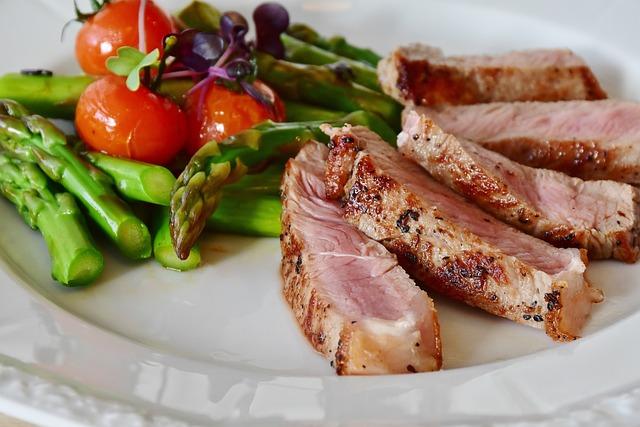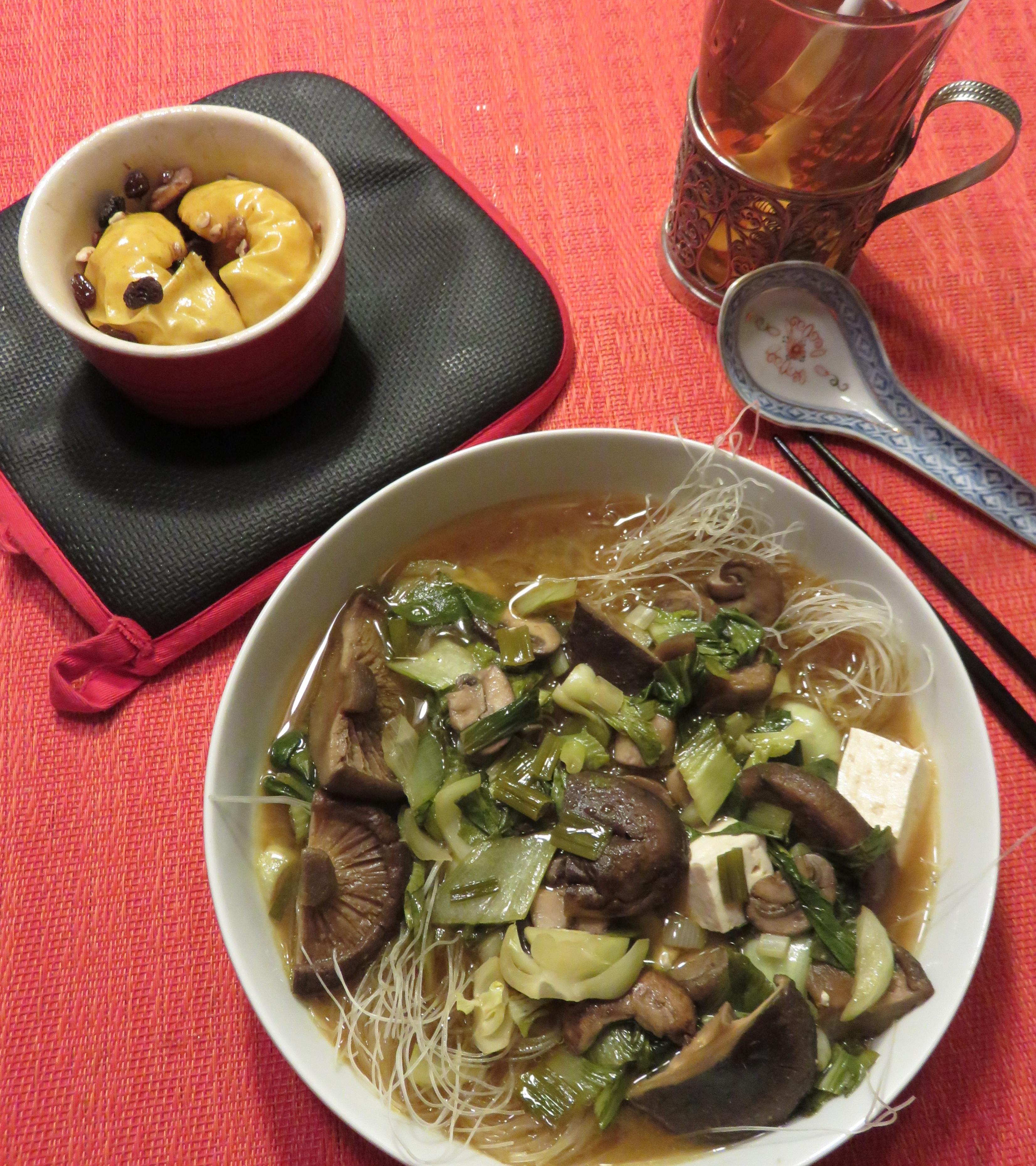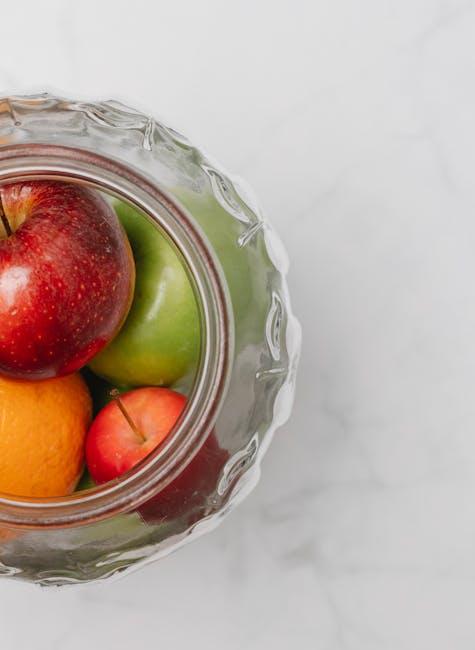Imagine savoring a delicious meal that leaves you feeling satisfied and content, yet doesn’t weigh you down with excess calories. In a world where the pursuit of health and well-being often feels like a delicate balancing act, the art of staying full on fewer calories is a culinary secret worth uncovering. Whether you’re navigating the labyrinth of weight management or simply striving for a healthier lifestyle, the key lies in making mindful choices that tantalize your taste buds while nourishing your body. In this article, we will embark on a flavorful journey, exploring a variety of tips and tricks to create satisfying meals that keep hunger at bay without tipping the caloric scale. Get ready to discover the magic of wholesome ingredients, clever cooking techniques, and the joy of eating well without compromise.
Understanding Satiety: The Science Behind Feeling Full
Satiety, the feeling of fullness that signals us to stop eating, is a complex interplay of hormones, nutrients, and psychological factors. To harness this sensation effectively, focus on nutrient-dense foods that provide lasting energy and satisfaction. Fiber-rich foods like fruits, vegetables, and whole grains are excellent choices. They add bulk to your meals without excessive calories, slowing digestion and promoting a prolonged feeling of fullness.
Incorporating lean proteins such as chicken, fish, and legumes can also help. Proteins require more time to break down in the digestive system, extending satiety. Additionally, don’t overlook the role of healthy fats found in avocados, nuts, and olive oil. These fats trigger the release of hormones like cholecystokinin (CCK), which further contribute to the sensation of being full.
- Fiber-rich foods: Fruits, vegetables, whole grains
- Lean proteins: Chicken, fish, legumes
- Healthy fats: Avocados, nuts, olive oil

Smart Food Choices: Low-Calorie, High-Satiety Foods
When it comes to crafting meals that are both low in calories and high in satiety, the key is choosing foods that are nutrient-dense and filling. Incorporating fiber-rich vegetables like broccoli, spinach, and Brussels sprouts can add volume to your meals without adding many calories. These veggies not only provide essential vitamins and minerals but also help keep you feeling full longer.
Another smart choice is lean proteins such as chicken breast, turkey, and tofu. These protein sources are low in calories but high in satiety, helping to curb hunger pangs effectively. Additionally, don’t overlook the power of whole grains like quinoa, brown rice, and oats. They are packed with fiber and can help stabilize blood sugar levels, preventing sudden hunger spikes. By thoughtfully combining these elements, you can create meals that are both satisfying and aligned with your caloric goals.

Portion Control: Tricks to Make Smaller Servings More Satisfying
Ever find yourself staring at a small plate of food, wondering how on earth it’s supposed to keep you full? The secret lies in clever portion control strategies that trick your brain into feeling satisfied. Start by using smaller plates and bowls; the same portion looks more substantial on a smaller surface. Incorporate foods with high water content like cucumbers, tomatoes, and watermelon, which add volume without extra calories.
To further enhance the feeling of fullness, focus on fiber-rich foods such as beans, lentils, and whole grains. Fiber not only keeps you satiated longer but also aids in digestion. Don’t forget the power of protein—eggs, lean meats, and plant-based proteins can curb hunger effectively. add a touch of healthy fats like avocados, nuts, and seeds to your meals. These fats are satisfying and help stabilize blood sugar levels, making it easier to maintain your portion control goals.

Mindful Eating: Techniques to Enhance Meal Satisfaction
Engaging in mindful eating can transform your relationship with food, allowing you to savor every bite and feel more satisfied with less. Here are some techniques to elevate your meal experience:
- Slow Down: Take your time to chew thoroughly and enjoy the textures and flavors of your food. This not only aids digestion but also gives your brain enough time to register fullness.
- Eliminate Distractions: Turn off the TV, put away your phone, and focus on your meal. Being present can enhance your enjoyment and help you tune into your body’s hunger and satiety cues.
- Portion Control: Serve your meals on smaller plates. This simple trick can make portions appear larger and more satisfying, helping you eat less without feeling deprived.
- Hydrate: Drink a glass of water before you start eating. Often, our bodies confuse thirst with hunger, and staying hydrated can prevent overeating.





